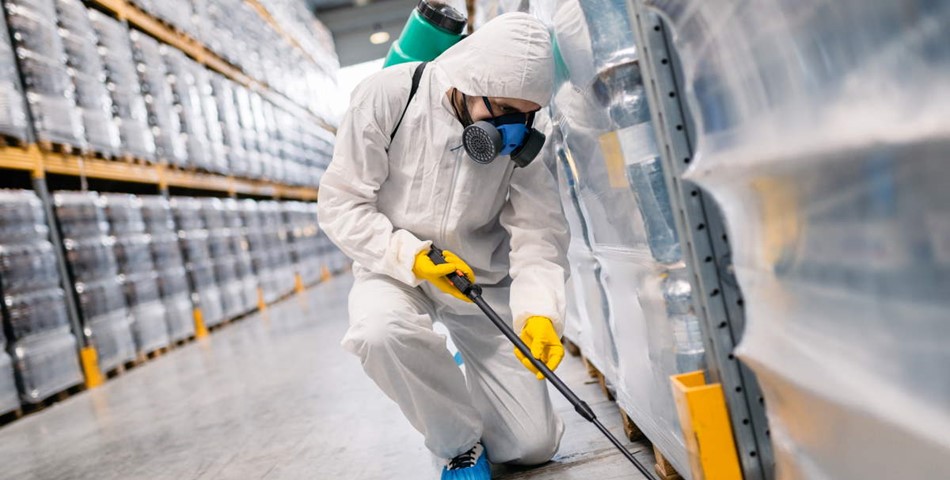The COVID-19 pandemic has disrupted ingredients supply chain across the globe. Food & Beverage (F&B) industry is one of the worst-hit with food manufacturers working non-stop to find alternate suppliers to ensure the continuation of operations to meet demand. While utmost care is observed in ensuring food safety and security across the supply chain, there have been unexpected delays in the conduct of suppliers and facility inspections. Routine inspections witnessed delay due to unavailability of personnel; and this has increased the likelihood of pest control measures falling through the cracks, both in the food processing facility and across the supply chain. Considering the short-term unavailability of safety personnel and delays in interventional measures due to the current situation, pest control and management has taken a critical role in ensuring requisite food quality and safety with increased emphasis on Integrated Pest Management (IPM).
Technology as a Key Enabler for Integrated Pest Management
Current pest control and management measures are no longer limited to pesticides and sodium vapor lighting, to name a few. There is a wide gamut of technology developments that help monitor, control and eradicate a wide range of pests across the food supply chain. The GCC food industry is giving importance to the use of technologies that cause minimal adverse effects from both public health and sustainability perspective. Some of the key technologies that are gaining traction include:
Bio-rational pesticides
Bio-rational pesticides are potential alternatives to regular insecticides and pesticides. They include a wide range of botanicals, microbials, minerals, and synthetic materials that can be used for pest control. These pest control materials are so named as they are relatively non-toxic and have reduced environmental side effects compared to regular pesticides. Food processing units in the region have adopted the use of microbials and botanicals for providing broad-spectrum protection while preferring low–toxic synthetics for targeted action against specific pests. A wide range of microbials are in use to ensure protection against common bacterial and fungal contamination.
IoT enabled Devices
Short-range sensors and Bluetooth enabled devices are used for remote and on-site monitoring. Sensor manufacturers are investigating integration of Artificial Intelligence (AI) for distinguishing between pests and non-target animals. Connected IoT-enabled devices are used to monitor, capture and even eliminate various pests, especially in food processing and warehousing facilities. Integrated devices with infrared and wireless technology can help round-the-clock monitoring and trigger alarms that can enable rapid response to eliminate budding issues of pest infestation and infection. Data analytics platforms are used to analyze and predict patterns and facilitate effective preventive measures. Real data capture can help in ensuring timely and targeted corrective actions. Pest management companies such as Rentokil have launched digital pest management systems, intended for continuous monitoring, rapid response and round-the-clock pest control protection.
Baits and Traps
Camera-based pheromone traps and insect light traps can be used in remote locations for monitoring and sending data for analysis. While their potential for large scale adoption is still early to predict, they can be useful for remote monitoring and identification of the type of pests for ensuring targeted control measures.
Conclusion
Automation has become essential for an effective pest management program ranging from automated devices for scanning and monitoring to dealing with recurring issues and ensuring end-to-end tracking and traceability. We have seen a steady transition in how pest management programs were implemented in the past and now. Technology has changed the way pest control measures are executed. Pesticide application is no longer synonymous to pest control and management. More than 80% of established food processors have IPM programs in the GCC region and adoption of IPM technologies will not only help in corrective measures but ensure preventive actions to ensure food safety and security for consumers. In future, one can expect pest control to be more technology-driven, with less usage of toxic materials and chemicals. It will follow stricter guidelines to ensure food safety from farm-to-fork. Irrespective of the size of operations, an IPM program is indigenous to food safety management.
Aarthi Janakiraman
Research Manager, TechVision
Frost & Sullivan











